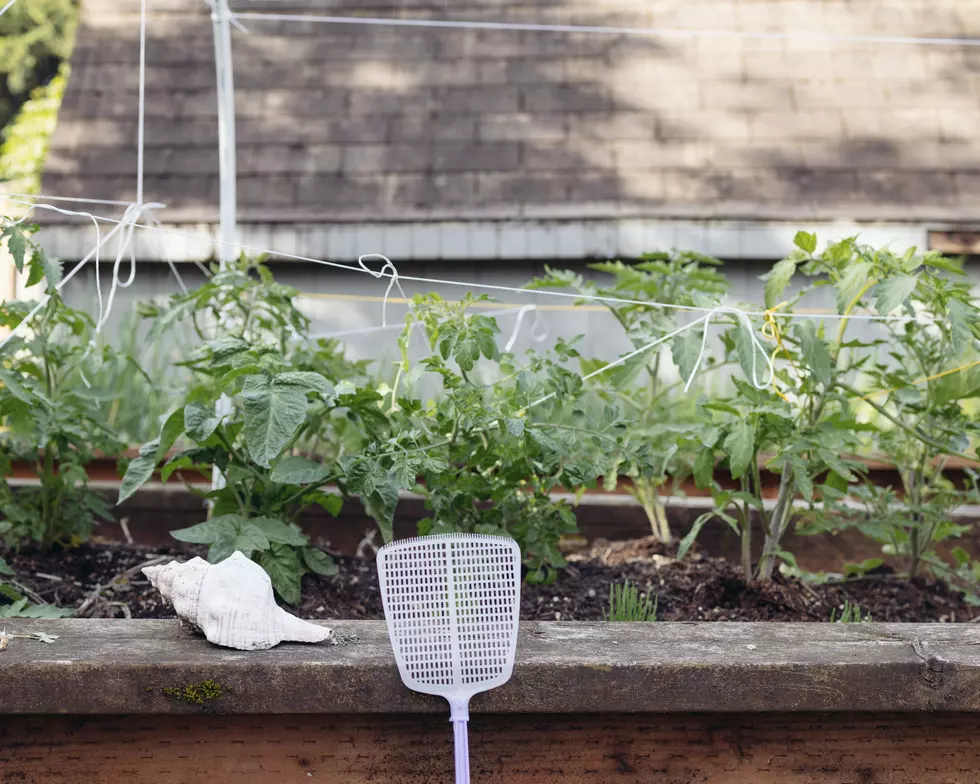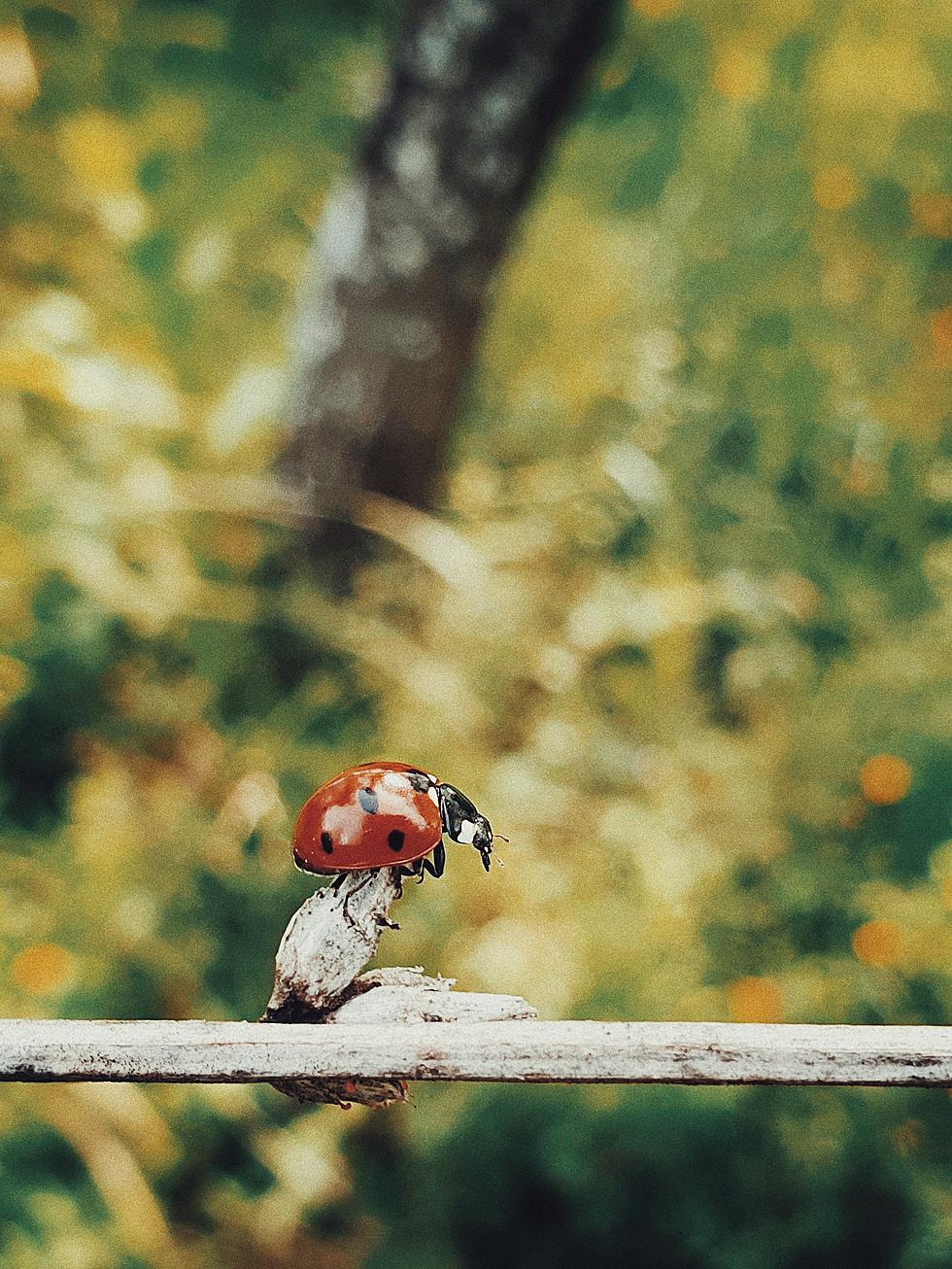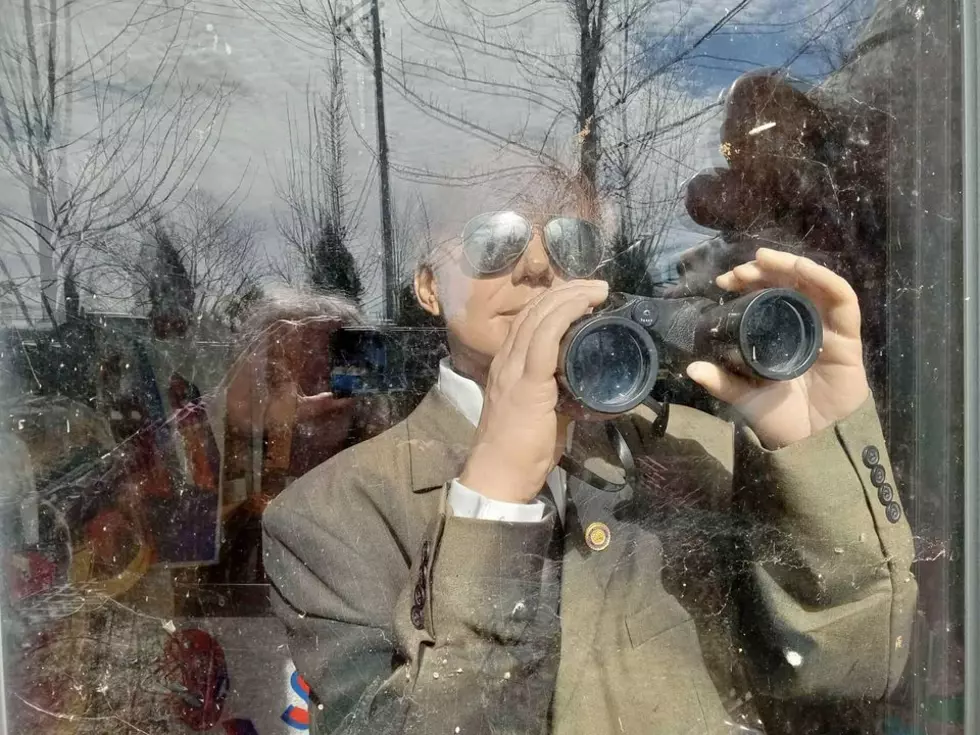
6 Garden Pests You Are Most Likely To Run Into This Fall In Minnesota
If you spend any amount of time outdoors during the fall, maybe you are out in the garden harvesting the last of the tomatoes or cucumbers, or maybe you just enjoy going for a walk in the crisp air, whatever it is you are doing outside, chances are good that you'll run into any one of these six garden pests this fall.
Boxelder Bugs - They actually are around beginning in the spring, but you may not begin to notice them until the temps begin to drop at night. These bugs are trying to stay warm, and they seem to want more than anything to get inside your home for the winter. If you are looking to keep Boxelder Bugs out of your home, you can head to the University of Minnesota Extension Office website for tips.
Brown Marmorated Stink Bug - These bugs, which are similar to Boxelder Bugs, are also seeking someplace warm and in the sunshine when the temps begin to tumble. Unlike the Boxelder Bug, these stink bugs are not native to Minnesota. According to the University of Minnesota Extension Office, "it arrived undetected from Asia in the United States in the 1990s and was first detected in Minnesota in 2010." If you've got stink bug issues, it's recommended you vacuum them up and put them in a bucket of soapy water.
Wasps - Yellowjackets are active beginning in the spring months, but during that time you might not notice them as they don't have the numbers, but begin to peak in activity this time of year as they get ready for winter. If you are dealing with a wasp/yellowjacket nest you should wait to treat it with pesticide until early morning or late evening when the bugs are the least active.
Spiders - While spiders are beneficial as they eat insects, like the Boxelder Bug, they can be more than you are used dealing with during this time of year. Some things you can do if you are seeing more spiders than normal around your home would be to get rid of things that are attracting them. According to Plunkett's Pest Control the three things that attract spiders to your house are; "insects, moisture and clutter." If you get rid of those things the spiders will more than likely move along. Fun Fact from Plunkett's, "flies don't like yellow light" so maybe change out your outside lights to yellow bulbs during the fall...
Millipedes - this is the time of year millipedes and it's other relatives are seeking places to overwinter. Millipedes are looking for places to winter that have moisture, but not really wet, but they also need to have a source of food like spiders. If you are having issues with millipedes, centipedes, or what they call sowbugs, it's recommended that you sweep them up with a broom and dispose of them outside, rather than using pesticides.
Multicolored Asian Lady Beetles - you've probably have been dealing with these bugs for the last several years as it seems they just multiply once the calendar hits the middle of September. According to the University of Minnesota Extension Office these beetles will "cluster around buildings in large numbers during fall in search of protected sites for the winter." If you are dealing with the bugs inside you home, you should vaccuum them up and throw them away outside.
LOOK: The least obedient dog breeds
LOOK: Here Are 30 Foods That Are Poisonous to Dogs
More From 96.7 The River









